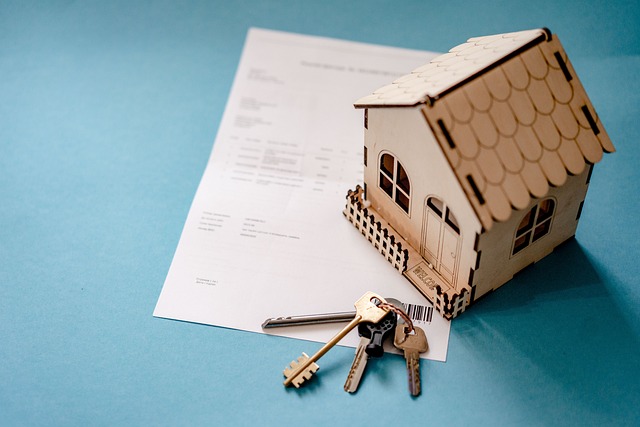As the US housing market navigates the current landscape of high borrowing costs, experts are predicting that home prices will experience a milder decline than originally expected. This development can be attributed to several key factors, including robust demand, limited housing inventory, and a resilient national economy. In this article, we will delve into the reasons behind this projected outcome and examine the implications for both buyers and sellers.
The impact of high borrowing costs on the housing market cannot be understated. Rising interest rates and mortgage rates can often deter potential buyers, leading to a decrease in demand and subsequent price adjustments. However, despite the prevailing challenges, analysts suggest that the anticipated decline in US home prices will be less severe than initially projected.
One primary reason for this is the strong demand for housing. Despite the higher costs of borrowing, many individuals and families are still keen to invest in homeownership. Factors such as the desire for stability, the availability of attractive mortgage options, and the growing population continue to drive demand. This sustained interest in the housing market acts as a counterbalance to the potential downward pressure on prices.
Another factor contributing to the resilience of US home prices is the limited inventory available. The supply of homes for sale has been struggling to keep up with the demand, resulting in a competitive market. With fewer options available, sellers have been able to maintain higher asking prices, mitigating the impact of borrowing costs on overall home values. Additionally, the scarcity of inventory can create a sense of urgency among buyers, potentially offsetting any deterrent effect of higher interest rates.
Furthermore, the strength of the national economy plays a crucial role in supporting the housing market. Despite the challenges brought about by the pandemic, the US economy has shown remarkable resilience. With rising employment rates, wage growth, and an overall favorable economic outlook, potential homebuyers may feel more confident in their ability to manage higher borrowing costs. A strong economy helps bolster consumer sentiment, ensuring continued demand for housing even in the face of increased financial constraints.
While the anticipated decline in US home prices remains a reality, experts are optimistic that it will be less pronounced than previously predicted. The combination of robust demand, limited inventory, and a resilient economy all contribute to the market’s ability to weather the challenges posed by high borrowing costs.
For buyers, this means that while affordability may be slightly impacted, the decrease in home prices is not expected to be drastic. However, it is still advisable to thoroughly research mortgage options, assess personal financial circumstances, and carefully consider the potential long-term implications before making any home purchase decisions.
For sellers, the current market conditions can still provide opportunities for profitable transactions. With limited inventory and sustained demand, sellers can reasonably expect to receive competitive offers, although it’s crucial to remain realistic about pricing strategies in the face of potential buyer hesitations due to borrowing costs.
In conclusion, the US housing market is projected to experience a lesser decline in home prices than initially expected, despite the challenges presented by high borrowing costs. Factors such as strong demand, limited housing inventory, and a resilient economy contribute to this resilience. By carefully navigating the market and taking advantage of available resources and mortgage options, both buyers and sellers can make informed decisions in the current real estate landscape.












